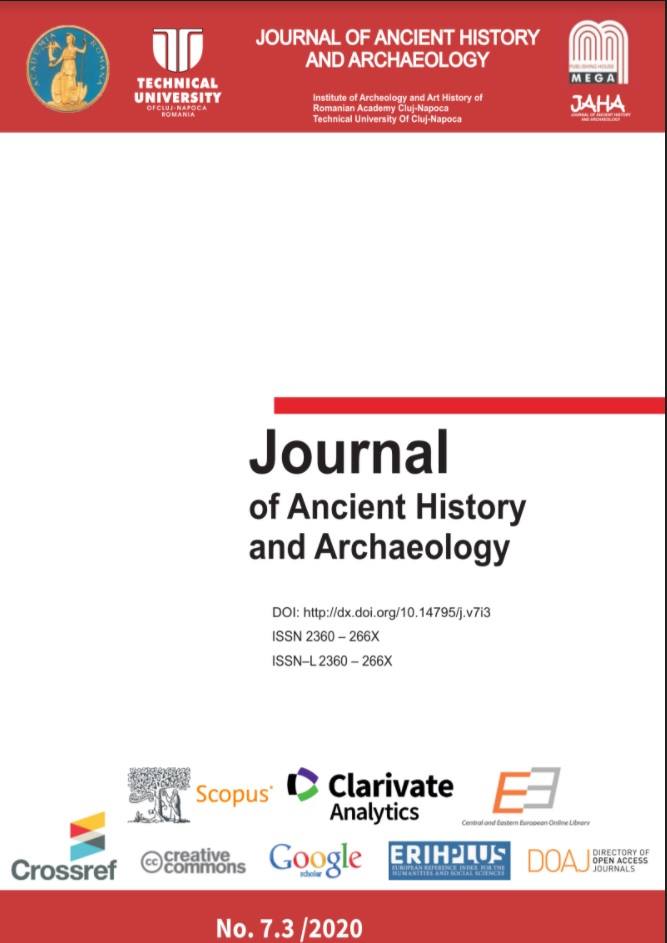ENHANCING ACCESSIBILITY TO CULTURAL HERITAGE THROUGH DIGITAL CONTENT AND VIRTUAL REALITY: A CASE STUDY OF THE SARMIZEGETUSA REGIA UNESCO SITE
ENHANCING ACCESSIBILITY TO CULTURAL HERITAGE THROUGH DIGITAL CONTENT AND VIRTUAL REALITY: A CASE STUDY OF THE SARMIZEGETUSA REGIA UNESCO SITE
Author(s): Radu Comes, Călin Neamțu, Zsolt Buna, Stefan Bodi, Daniela Popescu, Vasile Tompa, Rares Ghinea, Liliana Daniela Mateescu-SuciuSubject(s): History, Museology & Heritage Studies, Electronic information storage and retrieval
Published by: Editura Mega Print SRL
Keywords: virtual reality; cultural heritage; 3D scanning; digital reconstruction; Unity; museum exhibition; interactive applications;
Summary/Abstract: The process of documenting cultural heritage digitally has emerged with the recent technological developments. One of the direct consequences of using digital devices to promote cultural heritage is to educate the endusers and to exceed their initial expectations regarding their interaction and engagement with cultural heritage assets. Creativity is encour-aged and stimulated by technology; as a result, cultural heritage domain must use technologies and tools from various domains such as engineering (3D scanning), gaming industry (VR headsets), digital marketing (interactive screens) to create interactive exhibitions. These tools can be paired with classical cultural heritage exhibition methods to attract, engage and support end-users more efficiently and effectively by creating unprecedented interactive. For this endeavor more than 560 artifacts have been digitized, the monuments and the fortress have been digitally reconstructed and integrated in digital applications that were combined with classical museum exhibition methods. By doing so, the paper also brings contributions concerning the methodologies used for deploying state of the art scanning and digitizing technologies. The main motivation was to bring classic exhibition techniques to modern times and to attract the young audiences to museums, thus identifying how they can be more engaged, involved and educated within the mixed museum spaces.
Journal: Journal of Ancient History and Archaeology
- Issue Year: 7/2020
- Issue No: 3
- Page Range: 124-139
- Page Count: 16
- Language: English

